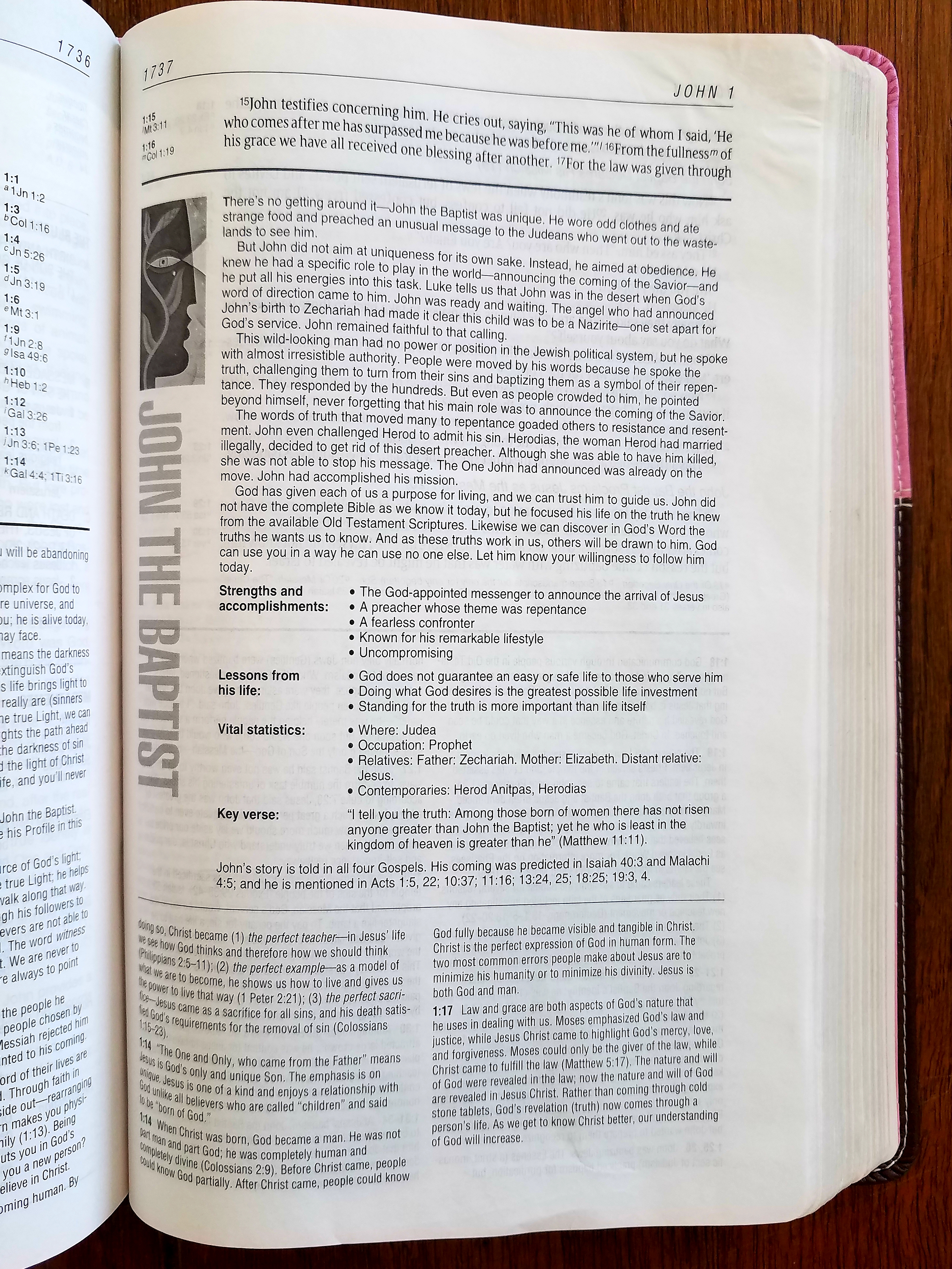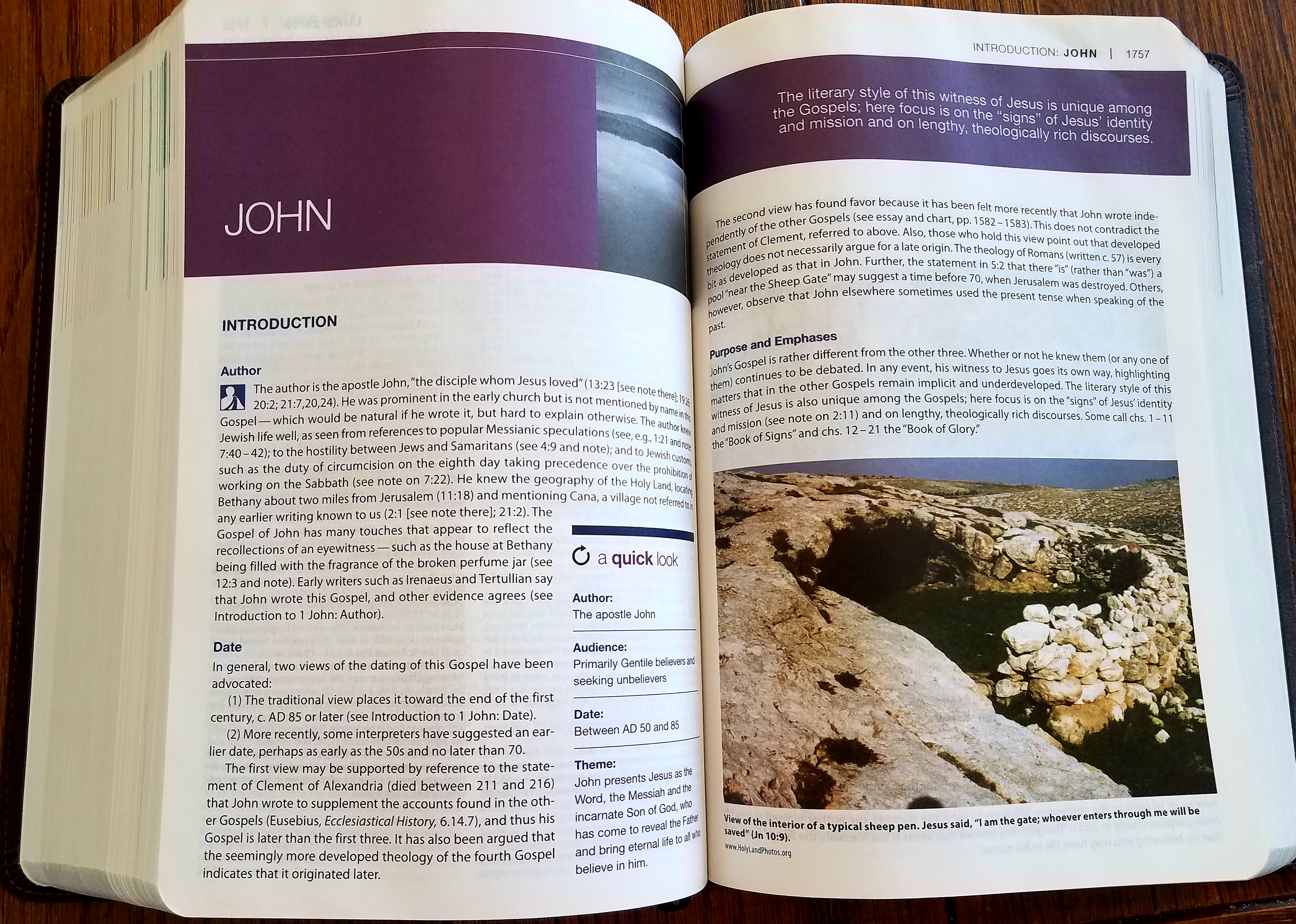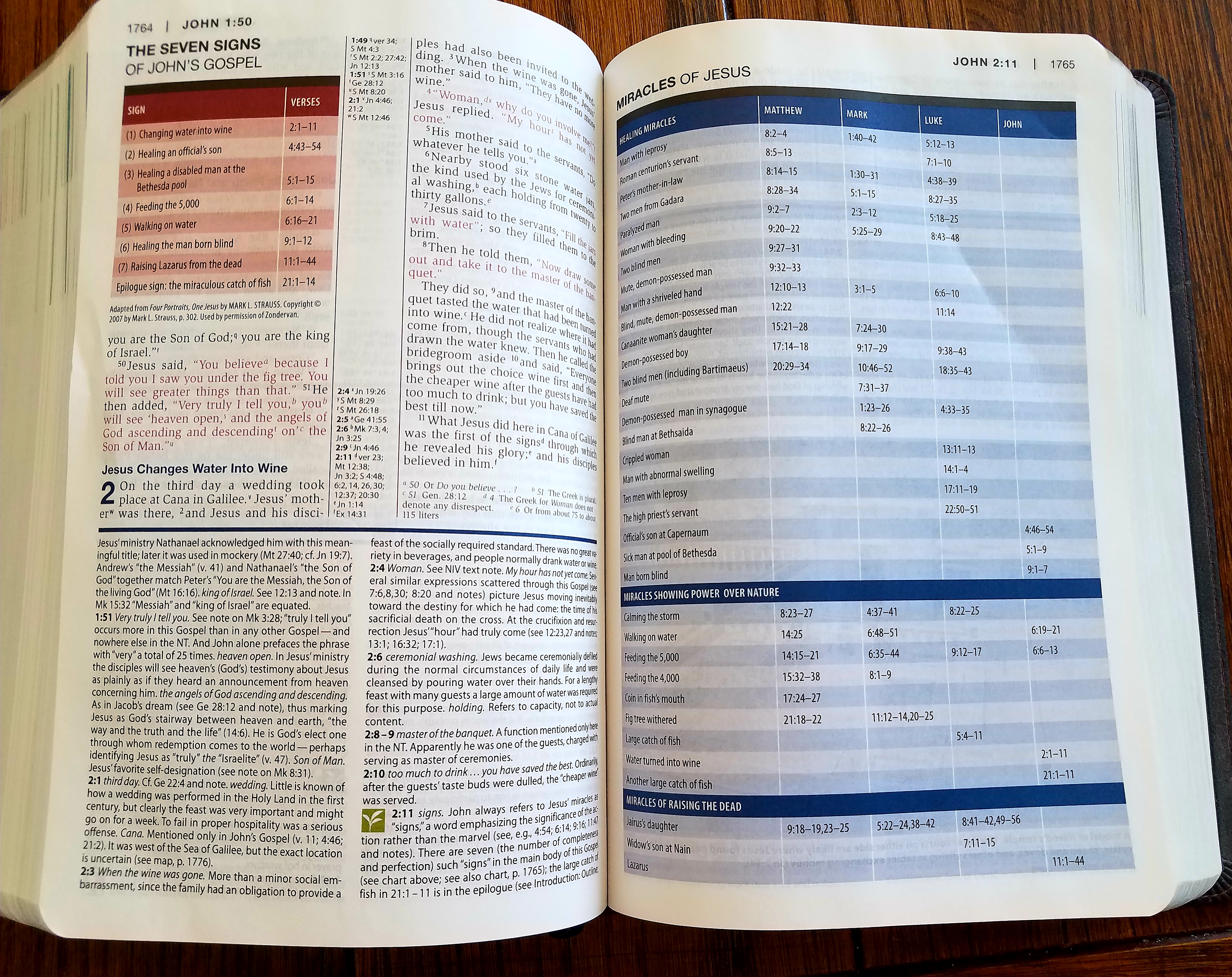Today I wanted to share some of the tools I have found helpful along the way for my own study and for preparing Bible studies. This isn’t going to be an all-inclusive list of every resource out there; these are simply the go-to tools I utilize regularly.
- 1. Read different translations for comparison. Different translations serve different purposes. Some have been more closely translated word-for-word from the Hebrew and Greek texts into English to produce the most literal translations. However, as we discussed with context, this is where the actual meaning can sometimes be “lost in translation” without careful reading. In the middle of the spectrum are thought-for-thought translations. And on the opposite side are paraphrase translations, which offer a more devotional style reading. Below I’ve listed several popular Bible translations in descending order, from most literal to the least. A really great option is using www.Biblegateway.com to compare different translations side by side.
- ESV- The English Standard Version is the most literal translation, attempting to translate word for word from the original text.
- KJV- The King James Version is an English translation of the Bible commissioned for the Church of English in the early 1600s. They have also made the more updated New KJV with more updated language. It can have a poetic flow, naturally from the older way of speaking.
- NIV- The New International Version is more of a meaning-for-meaning translation of the Bible. It was translated into English directly from the best available Hebrew, Aramaic, and Greek texts, but attempts to convey the original contextual meaning through its translation. It was initially published to meet the need for an updated English language translation.
- NLT- The New Living Translation is more focused on translating meaning and entire thoughts, as opposed to translating word for word. It intends to make the translation into modern, everyday English, such that its meaning will have the same effect as the original audience.
- AMP- The Amplified Bible’s goal is to “amplify” the meaning by blending word meaning and context to translate the original. It uses additional words to help make the meaning more clear. Since it sometimes takes multiple English words to fully interpret a Hebrew or Greek word, this is a more lengthy translation.
- The Message- A paraphrase translation written by Pastor Eugene Peterson. It was his attempt to bring the original heart and emotion into this translation. Written directly from the Greek/Hebrew texts.

- 2. Study Bible. If I could only recommend one thing for you, this would be it. It provides so much great information in one package. There are many versions out there. Here are three I can recommend from personal experience.
- Life Application Study Bible– This This is a great option if you want some contextual info mixed in with devotional-style thoughts.


- NIV Study Bible- This study Bible provides more historical & contextual info than the above version, along with more maps and photos.



- NIV Cultural Backgrounds Study Bible. I would recommend this for those most interested in deeper historical and contextual information. On a continuum, The Life Application version supplies basic information, the Study Bible supplies plenty of info for most readers, where this version is going to provide a wealth of information for the reader wanting a lot of detail and knowledge. I find this to be a great Bible for preparing lesson plans when I lead Bible studies.





- 3. Utilize Cross-References. In many Bibles, you can find cross-references to other verses in the Bible (often using a letter system in the margin). This is a great way to read the Old Testament verses that New Testament passages are referencing, or vice versa.
- 4. Use a Concordance. This is a way to help you locate verses containing certain words or topics. Some Bibles have one located in the back, but you can also buy expansive ones, like Strong’s Bible Concordance. You can also utilize Biblegateway.com for the same purpose.

- 5. Use a Greek/Hebrew Dictionary. This can be really great for exploring the meaning of a word more deeply. Because the English language is more limited, you can often learn a much deeper meaning of what the original Hebrew or Greek meant to convey.
- 6. Commentaries. There are many Bible commentaries out there. A couple I have used and found helpful are Halleys Bible Handbook and the Baker Illustrated Bible Background Commentary.
- 7. Bible Project Videos. These should not replace reading of the Bible, but these can be helpful summaries of Bible concepts or books of the Bible.
- 8. N.T. Wright. If I had to pick just one author to read user-friendly, trusted Bible commentaries by, this is the guy. A brilliant, British Bible scholar, N.T. Wright has a great series of commentaries that are written for everyday people like us, as opposed to writing for other theologians. He explains contextual background but also uses anecdotes to make passages even more relatable. You can look for his series Titled “For Everyone.”
- 9. Listen to the Bible. I’ve been there. With 3 kids, work, and extracurriculars, I am still there. Certain seasons of life are crazier than others. In those stretches, I’ve found it easier to listen to the Bible while I’m driving, exercising, doing dishes, etc. The Bible App by YouVersion is great for this option.
I hope you find these help. Like I said, this is not an exhaustive list, but these are the regular tools and devices I find myself using. I do also want to note that I do not access all of these every day or even every week and month. They’re simply great tools I go to when needed. Some days I have more time to study scripture than other days. Some topics I want to dig into more than others. So please do not look at this as a to-do list of your daily devotional time. That would be quite the accomplishment! They are tools to put in the toolbelt to help us as we explore God’s word.
Keep at it! For Part 7 we’ll practice walking through the Inductive Study Guide to give you the confidence to do it on your own.
I’m praying God will give you his wisdom and discernment as you open his precious Holy Scripture.
~Renee



I love this list of tools! Thank you!
LikeLike